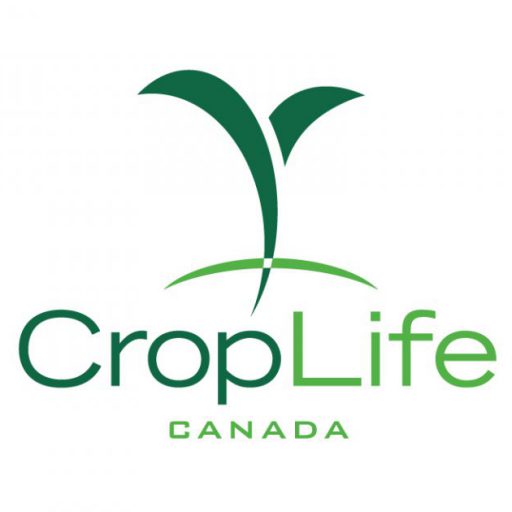
MANAGING CORN ROOTWORM RESISTANCE TO BT CORN IN CONTINUOUS CORN FIELDS
Corn rootworm (CRW) management requires a long-term strategy for prevention of resistance development to the available control tools.
Resistance can happen before symptoms become obvious. Yield loss and reduced tonnage due to root feeding can occur before fields exhibit secondary symptoms such as goosenecking or lodging.
All corn growers should implement best management practices (BMPs) to proactively manage the development of CRW resistance to Bt corn. These BMPS include:
- Scout for pests and insect damage
- Rotate crops and traits
- Plant a refuge
- Manage with insecticides if thresholds are reached
- Keep accurate records
Some fields are at higher risk of developing CRW resistance. High-risk fields include those:
- in continuous corn production (3+ years) with a history of repeated use of hybrids targeting CRW (Bt-RW; below-ground insect protection). This map shows where corn is grown in continuous acres across Canada.
- in regions with higher concentrations of livestock production.
- that have experienced high CRW beetle populations in recent years.
- fine-textured soils such as loams, silts and clays are more suitable for rootworm egg laying and larval survival, though sandy soils with adequate moisture can also be at risk.
RECOMMENDED MANAGEMENT MEASURES
When planting Bt-RW hybrids (providing below-ground insect protection), rotating to a different Bt-RW hybrid may not control Bt resistant CRW and is not the recommended practice to manage Bt resistant rootworm.
Practice Crop Rotation
In fields with Bt resistant CRW, the only viable mitigation measure is crop rotation.
CRW larvae must feed on corn roots to survive; they will starve if corn is not planted. Rotating high-risk fields out of corn for at least one year (preferably two) will significantly reduce CRW populations. Benefits of rotating out of corn go beyond rootworm management. Research from long-term tillage and rotation trials in Ontario have shown soil health improvements and significant yield benefit to a good rotation, independently of the weather conditions. Although growing continuous corn is discouraged, if you do have corn-on-corn acres, the following four-year rotation is recommended as a more sustainable practice for rootworm management and reduces the risk of resistance development:
Fields in continuous corn production are at high risk of developing CRW resistance.
In fields with Bt resistant CRW, the only viable mitigation measure is crop rotation.
Rotating high-risk fields out of corn for at least one year (preferably two) will significantly reduce CRW populations.

It is important to work with your seed provider so that they understand your multi-year CRW management strategy and can recommend the right hybrids accordingly.
Root Protection Tools When Using Non-Bt or Above-Ground Bt Hybrid
In years of moderate risk, root protection tools can be used in place of Bt-RW hybrids. For information on root protection tools, including soil-applied insecticide at planting, refer to provincial recommendations:
British Columbia:
Corn Production Guide
Ontario and Maritime Provinces:
Field Crop Protection Guide (Publication 812)
Quebec:
www.sagepesticides.qc.ca
Manitoba:
Guide to Field Crop Protection
Control Volunteer Corn
Effectively control all volunteer corn plants in rotated fields as they can support the survival of the resistant populations of CRW.
Work with a Livestock Nutritionist
Livestock producers should work with a nutritionist when feed needs limit crop rotation options to:
- Compare the cost of purchasing corn to other energy sources.
- Choose the most appropriate cereal to replace grain/high moisture corn. Cereal species differ in their starch and fibre digestibility, and livestock classes differ in their nutritional needs.
- Select the best silage alternative for the farm (e.g. winter cereal + sorghum, annual ryegrasses).
Consider Land Swapping
Turn to local producers who do not grow continuous corn. If a field did not have corn the previous year, corn can be planted with little to no risk of CRW injury; therefore, CRW protection is not needed. Planting Bt-RW hybrids (providing below-ground protection only) in first-year corn fields is not recommended.
Work with your seed provider so that they understand your multi-year CRW management strategy and can recommend the right hybrids.
Planting Bt-RW hybrids (providing below-ground protection only) in first-year corn fields is not recommended.
This information is brought to you by CropLife Canada and the Canadian Corn Pest Coalition.



 Print This Page
Print This Page